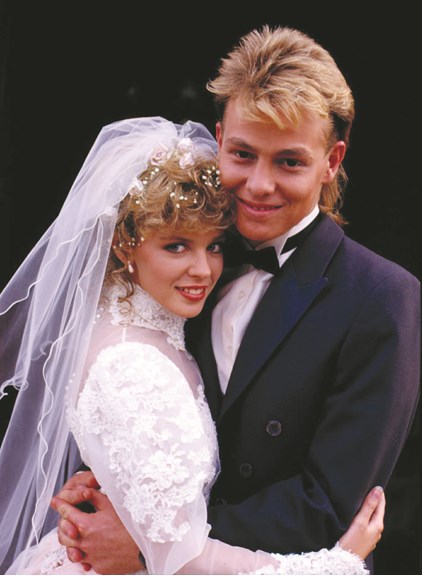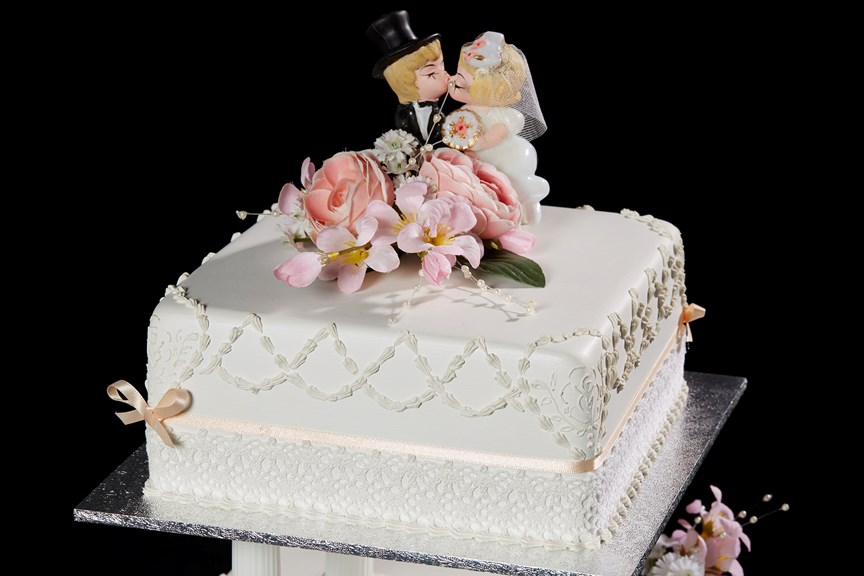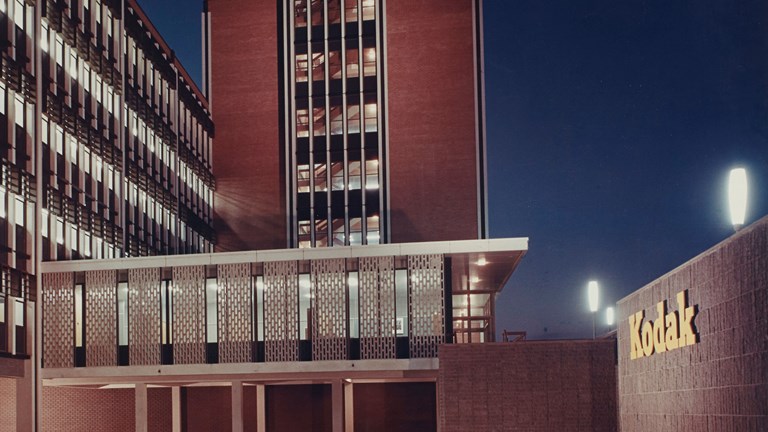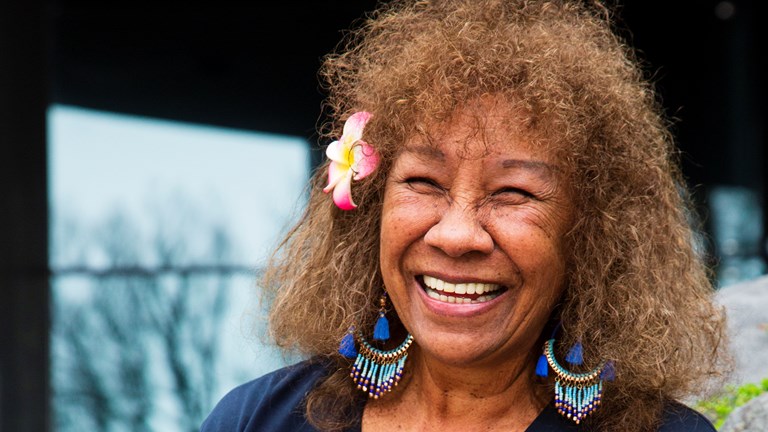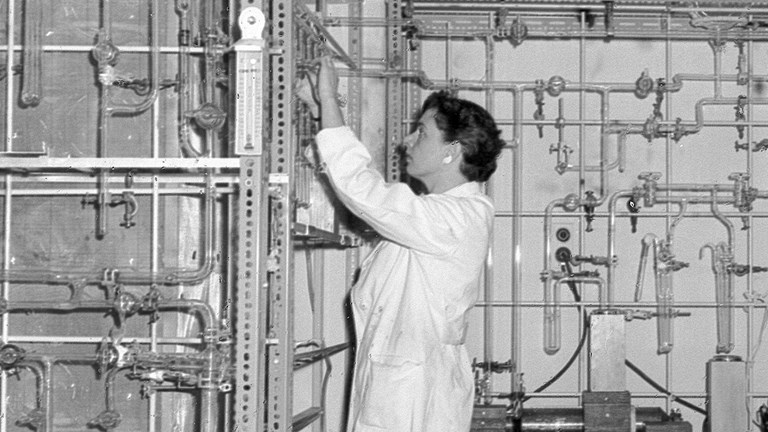A piece of Neighbours history that really takes the cake
Not just a legacy of Neighbours’ most famous episode.
It is one of the defining moments of Australian television history—Scott Robinson and Charlene Mitchell tying the knot in Neighbours in 1987.
The wedding (episode 583) was the peak of popularity for the suburban Melbourne soap opera, both at home and in the United Kingdom.
And no object represents it better than the wedding cake, topped by miniature models of the bride and groom.
‘I think that’s what sold me, the topper,’ says Michael Reason, Museums Victoria’s curator of leisure and social spaces.
He is the museum’s resident pop-culture expert and also the reason the cake wasn’t consigned to the scrap heap of history.
A wedding cake, with layers
Part of the production ethos of Neighbours was to source costumes and props, all in area it was filmed.
‘The original wedding cake was made in [the Melbourne suburb of] Burwood by a cake shop there, just to give it that bit more authenticity,’ says Michael.
While the original didn’t get much screen time, the cake was instrumental in promoting the episode.
The Neighbours production team toured shopping centres with the actors, Kylie Minogue and Jason Donovan, and replicas of the original cake.
The cake gave fans the chance to get a piece of the action for themselves.
‘It’s a very accessible symbol of that event,’ says Michael.
So when it came time for the Melbourne Museum to open its first exhibition about the city’s history in 2000, the cake was high on the list of objects to include.
The museum’s replica was made by David O’Grady, who was part of the Neighbours art department, and included the original cake topper from the wedding episode.
Displayed inside the Robinson’s kitchen set, it became the ‘Neighbours two door shrine, because the cake was inside the refrigerator,’ explains Michael.
‘The kitchen really took off, particularly with English visitors and it became part of the Neighbours tour that you got dropped off here at the door to see the kitchen.’
But when the exhibition came to an end in 2007, there was some debate about whether the cake should stay in the museum’s collection.
‘At the time I thought, “This is worth saving, isn’t it?”,’ recalls Michael.
‘It had several layers to it—that’s why I kept it.’
‘Not just for its Neighbours side but also representing the Melbourne Museum’s early days.
‘It does represent that first lot of exhibitions when it opened—the new way of looking at things, a new way of presenting stories.
‘I have an interest in popular culture and I think it’s very easy for it to be thrown aside.’
And Michael would know—he’s also the reason that Charlene’s wedding dress survived.
Serendipitous salvage
It’s a curious thing that such an iconic costume from a Melbourne-based show ended up in the Tasmanian Museum and Art Gallery (TMAG).
But again, that’s because Michael saw the value of something where others did not.
A year after the wedding episode had aired to nearly 20 million people in the UK, Michael was a volunteer at TMAG
‘I was coming to Melbourne and I wrote a letter, as you did in those days, to Grundy [Neighbours’ former production company] and I asked what was happening to the costumes from it.
‘They didn’t have anywhere for [the dress], so they said “Oh, we’ll give it to you”.
‘I posted it back to Tasmania…came back and said, “guess what we’re collecting?”,’ laughs Michael.
The dress has now been all over Australia and to London, vindicating Michael’s (admittedly unconventional) acquisition methods.
‘I must have done something right,’ he says.
‘People always say with contemporary collecting, “you can’t do it because you can’t be objective, and you don’t know it’s going to be important”.
‘But I think with contemporary collecting you have to take chances…things are ephemeral.’

